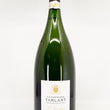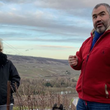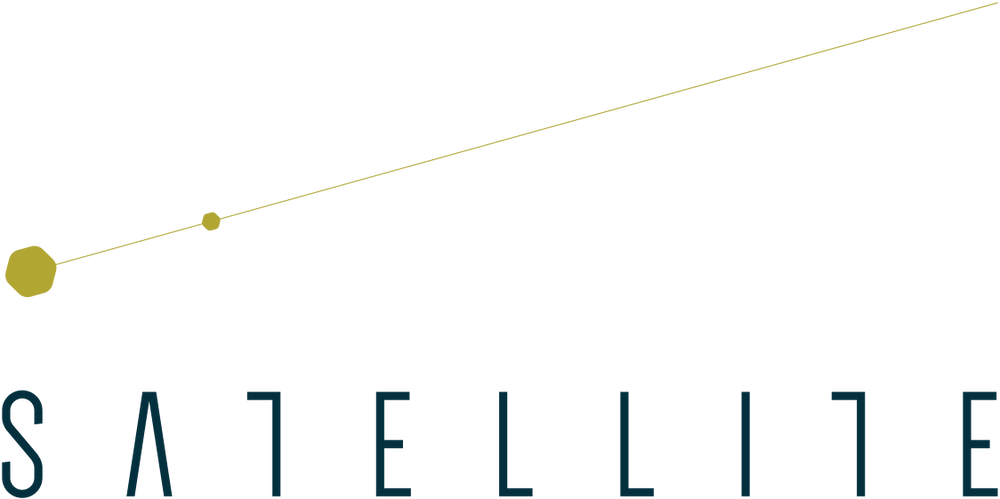

Tarlant - 'Zéro' - Champagne - Brut Nature - Oeuilly, Champagne, FR - NV - 1500ml
Regular price $208.00
Unit price per
Notes from the Winery/Importer
32% Pinot Noir/32% Chardonnay/32% Pinot Meunier/4% Petit Meslier + Arbanne + Pinot Blanc. This cuvée makes up 70-90% of Tarlant's production and "is my daily obsession", says Benoît Tarlant. Zero reflects the Tarlant emphasis on unadorned terroir, with no selected yeasts and no dosage. The compostion is generally 60% of the base vintage--in this case 2015--plus 40% reserve wines. The organically farmed, hand-harvested fruit comes potentially from all 63 of Tarlant's parcels from across 4 villages (Oeuilly, Boursault, St-Agnan and Celles-lès-Condé), with each vinified separately to give maximum flexibility in dialing in the blend. The fruit is gently pressed and the juice fermented with natural yeasts in Burgundy barrels ranging from new to 30 years old. The wine generally does not go through malolactic fermentation. Moved by gravity only, the new vintage is blended with barrel-aged reserve wines. The 2015-base was bottled in 2016 and disgorged in 2022 with zero dosage.
Notes on the Producer
In 1687, Pierre Tarlant began cultivating his first vineyards in Aisne. The family stayed put for almost 100 years before moving to the village of Oeuilly in 1780. At the turn of the 20th century, Louis Tarlant took over as head vigneron. His tenure would prove instrumental to shaping the family legacy, principally due to his involvement as mayor of Oeuilly in the rarely discussed Champagne Revolution, a tumultous movement that you have probably never heard of. Let us explain. By the early twentieth century, it had become increasingly common for the big Champagne houses, who even then had a strong-hold on commercialisation, to bring in fruit from all over France and even different countries (the farthest being Portugal!) to vinify and sell the wine as Champagne. When this became common knowledge amongst growers in the region, many were infuriated that such practices could be happening right under their noses. Through rigorous organisation, many villages managed to block off the points of entry of outside fruit, as well as skillfully organizing themselves to codify the Champagne region. As a result, Louis helped achieve worldwide recognition of the AOC in 1911 and contributed to the establishment of the AOC Champagne region in 1927. In the aftermath of these events, Louis swore never to sell a single grape to the big houses again, making Tarlant one of the first independent estates in the region (less than 10 existed at the time). Fast forward to today, and head vigneron Benoît Tarlant is the 12th generation working the land under his family name. Benoît is the real deal: his great understanding and respect of history, tradition and nature, coupled with his experimental, forward thinking tendencies have been the driving force of some truly next level, terroir-centric Champagnes. With his sister Mélanie joining the family business in 2003, things are more than ever a family affair. The estate consists of 14 hectares of vines within 31 lieu-dits of Pinot Noir (50%), Chardonnay (30%) and Pinot Meunier (20%), along with small amounts of Champagne's "forgotten"grapes" - Pinot Blanc, Arbane and Petit Meslier. From empirical observation, Benoît and Mélanie have singled out 63 parcels that they vinify individually each vintage, permitting unparalled precision in blending decisions for base and reserve wines, but also letting them highlight single vineyard expressions of their land. In the vines, chemicals are never used and biodiversity is prioritized. Because of the Marne's extremely diverse terroirs, Benoit adapts his viticultural approach parcel by parcel, using the soil, grape and micro-climate to guide him. While only contact treatments have been used for the past two generations, Benoît and Mélanie have decided to work towards organic certification. "Our father fought for grass in the vines and to stop have garbage from cities being thrown in the vines as a fertilizer. It took five years. That was his fight. Organics seems like the challenge of our generation." In the cellar, the grapes are gently pressed and racked by gravity to Burgundian barrels, where each parcel ferments and ages individually. Malolactic fermentation almost never occurs but is not blocked: Benoît feels that through careful pressing, attention to temperature and the correct viticultural practices, Champagne's naturally cold climate gives them grapes with low PH and high acidity, a combo that does not incite malo. Sulfites are are only added in microscopic doses at press and intermittently to casks of reserve wine. The wines are never filtered: "“Disgorgment is sort of like a filtration. If you’re going to take the time to do long élevages and letting the solids deposit themselves, you don’t need to filter. It requires a respect of the rhythm of the wine." The big particularity of the Tarlant Champagnes, a tradition started by Benoît's father Jean-Mary in the late 1970's, is that the vast majority of the production (90%) is bottled without dosage. While the idea of Brut Nature Champagne has slowly but surely gained momentum since the early 2000's, this was unheard of at the time. Still, Jean-Mary stuck to his guns and over time this has defined the Tarlant style. In such, the house's entry level cuvées are named "Zero". Representing 70% of the total production, "Zero" is the Tarlant's calling card and consists of a non vintage, no dosage wine made equal parts Pinot Noir, Meunier and Chardonnay. "Zero Rosé" is a majority of Chardonnay with a bit of still Pinot Noir for color. For an entry level wine, a huge amount of thought is put into its creation: "Zero is a reflection of the four villages we work in and the goal is to express a Champagne without the external sugar masking the land's characteristics.” To achieve this, Benoît and Mélanie rigourously taste through each micro-vinification to pick which will serve as the base wines with the innate knowledge that they will be released five to seven years later. These will be aged until the spring after harvest then blended with reserve wines before an extended period sur lattes. The remaining vinifications are blended into reserve casks for future use. “We don’t buy or sell grapes. We have to work our vines the best we can to have the best wine. " Single vineyard cuvées -a rarity in Champagne- are also bottled. "La Vigne Royale" is from a vineyard of Pinot Noir originally worked by Benoît and Mélanie's maternal grandfather in Celles-lès-Condé at the confluence of La Dhuys and the Surmelin rivers. Historically, it was a terroir favored by the Bourbon kings, hence the name. "La Vigne D'or" is a Blanc de Noirs from a parcel of Pinot Meunier planted in the sparnatian clay of the Vallée de la Marne. The vines are 65 years old and planted by Benoît and Mélanie's paternal grandfather, Georges Tarlant. "La Vigne d'Antan" is 100% ungrafted Chardonnay from the lieu-dit "Les Sables". The name Antan essentially means "yesteryear", a reference to the historical roots (pun intended) of this franc de pied bottling. "Cuvée Louis" is Benoît's homage to his great, great grandfather mentioned above and the top of the top from Tarlant's single vineyard offerings: Chardonnay and Pinot Noir from a single parcel of 65 year old vines (originally planted by Louis himself!) called Les Crayons, vinified and aged in oak. Vintage releases have also joined the lineup in recent years. These wines are meant to capture a snapshot of the years' characteristics by blending specific parcels that best reflect it. Each year has a different name ("Étincelante", "La Matinale") and so far the wines have aged for well over a decade sur lattes before release!


